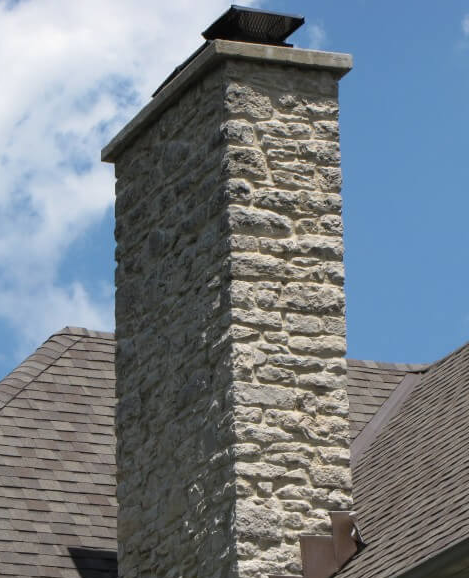Is Efflorescence on My Chimney Harmful?
Efflorescence is the scientific term for the white stains that sometimes appear on chimneys. For some people, efflorescence is a cause for alarm. For others, it’s just something ugly to ignore. Technically, neither of these reactions is appropriate. Northeastern Chimney of West Hartford, CT, would like to share a little about efflorescence and what your reaction should be if you see it on your chimney.
 What is efflorescence?
What is efflorescence?
The white stains you see on chimney masonry are naturally occurring salts that have been leached out of the bricks. How did the salts get leached out? Water.
Bricks are porous, and even the best-quality bricks can absorb some water. The salts you see on the masonry surface aren’t dangerous in and of themselves, but if ignored, the leaky chimney situation can become both dangerous and expensive to reverse.
Water vs. bricks
In the ongoing battle of water vs. bricks, water usually wins out. Water is a chimney’s #1 enemy, and once it penetrates deeply into chimney bricks, serious problems will most likely occur. Water deteriorates bricks. When chimney bricks deteriorate, more water can get in and move throughout the entire chimney system. Severe water leaks can lead to some bad outcomes.
An unstable chimney
Brick damage throughout a chimney structure can cause the chimney to lean. If early damage is ignored, the entire chimney can collapse.
Damage to the chimney liner
Liners protect the home from fire and keep carbon monoxide and other combustion gases out of the home’s air.
Rust
An ongoing leaky chimney can send water down to the fireplace damper, rusting it and preventing it from opening and closing properly.
Damage to the home
Depending on the nature and extent of a chimney leak, the roof, attic and building materials of the home adjacent to the chimney can be affected.
Mold
Mold grows in damp, poorly ventilated spaces, which perfectly describes your chimney flue when there’s a leak.
What to do if there is efflorescence on your chimney
If you notice the unmistakable white stains of efflorescence, your first step should be to call a licensed chimney mason or chimney repair company.
A technician will inspect your chimney, looking not only at the stains but also at other areas and components that might have been harmed by the problem. When caught early and no collateral damage is present, the solution may be as simple as cleaning off the stains and applying a chimney waterproofing sealant to prevent future water intrusion.
If bricks and mortar have begun to crumble, your technician may recommend having the bricks replaced and adding new mortar where the original mortar is missing. If the chimney structure has become severely damaged by years of neglect, partial or complete chimney rebuilding may be in order.

Other chimney leaks
Aside from water-damaged bricks, chimneys can leak in other ways. Here are three common culprits.
• Damaged chimney cap
• Cracked or deteriorated chimney crown
• Warped, rusted or misaligned chimney flashing
Your Connecticut chimney experts are standing by
Northeastern Chimney is ready to help with problems surrounding efflorescence or any other chimney issue. We provide licensed chimney repairs, certified chimney sweeping and expert chimney inspections. Speak with a chimney professional today by calling (860) 233-5770. You can also get in touch through our handy contact form.
The post Is Efflorescence on My Chimney Harmful? appeared first on .
This post first appeared on https://www.mychimney.com
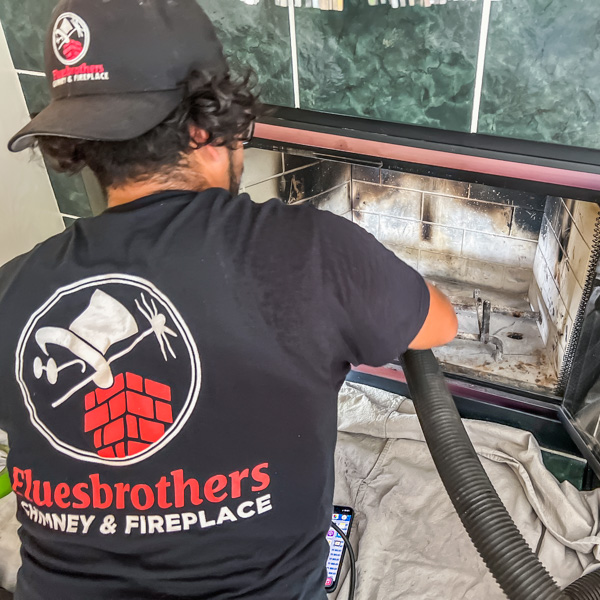 Clogged Flue
Clogged Flue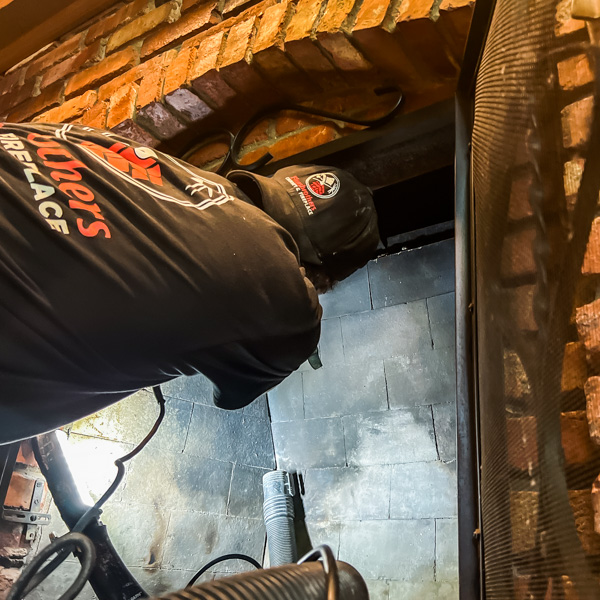 Kansas City Chimney & Fireplace Repairs
Kansas City Chimney & Fireplace Repairs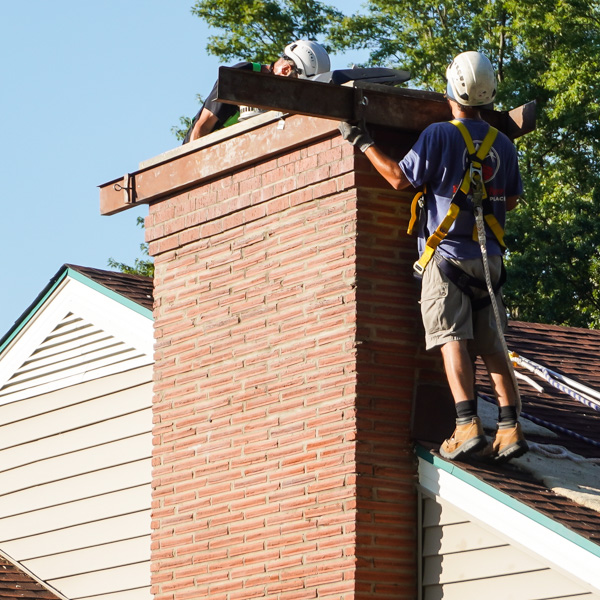 Drier Weather
Drier Weather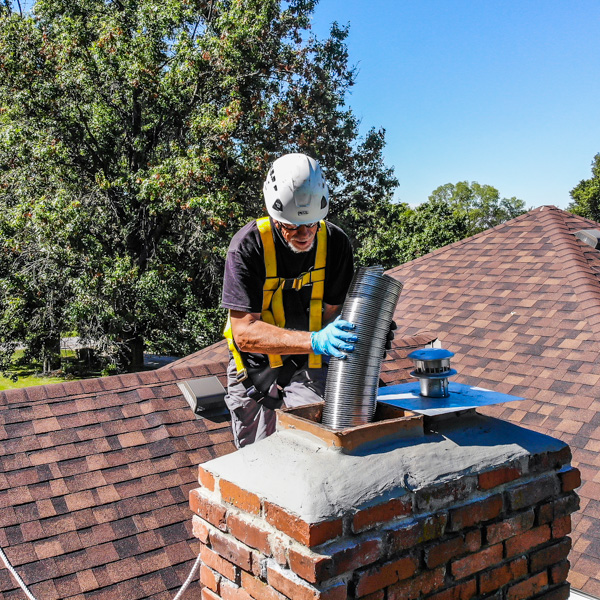
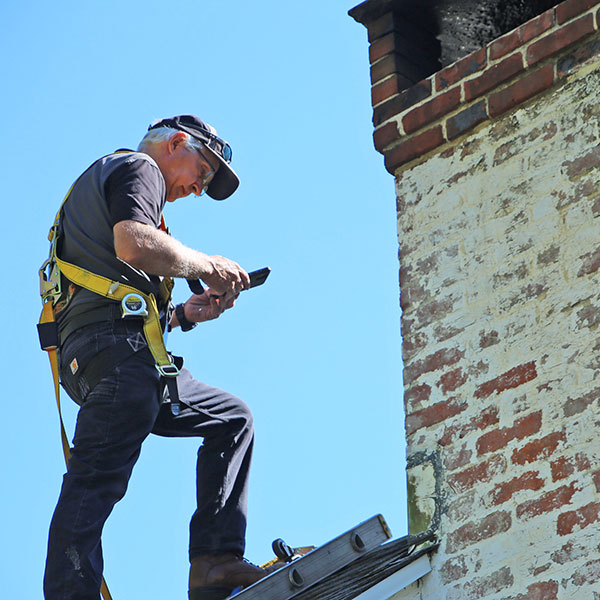 Water woes
Water woes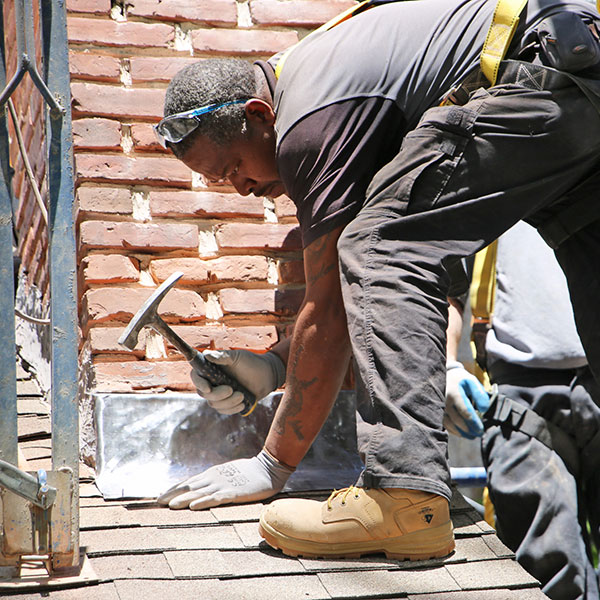
 1. Chimney fires
1. Chimney fires
